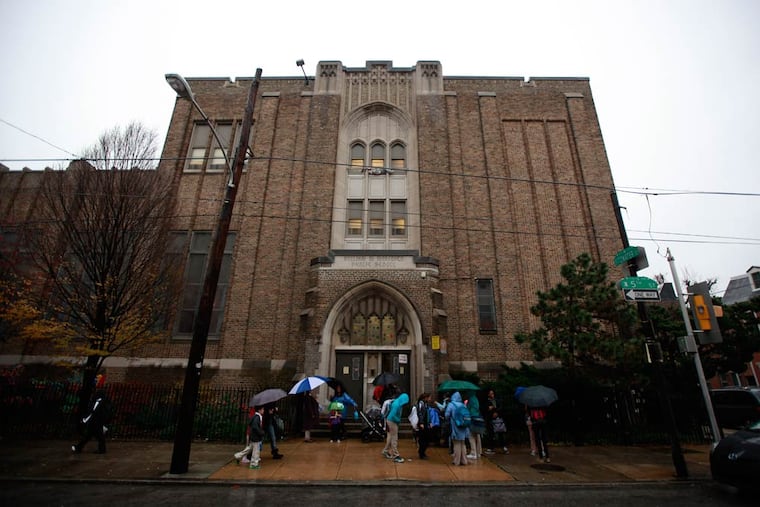Pa. students have more educational opportunities than the national average, but racial disparities are among the worst, study says
With a 13.3% difference in score between opportunities offered to white students vs. students of color, Pennsylvania has the largest racial disparity in the nation, according to the analysis.
